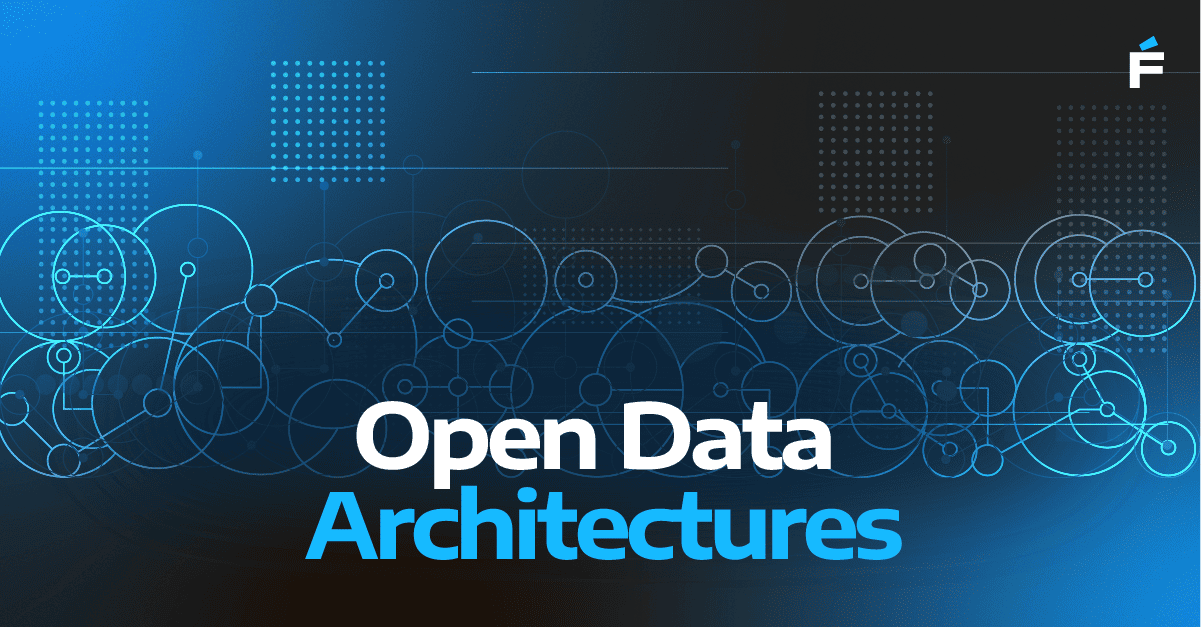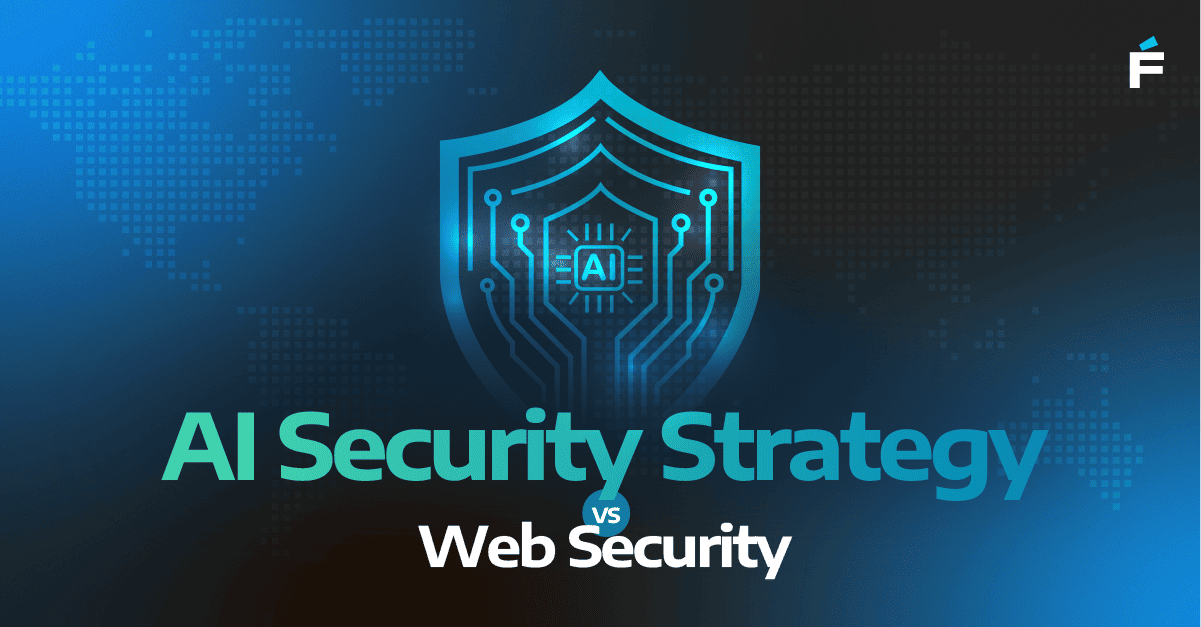Generative AI tools like GitHub Copilot, ChatGPT, and Tabnine are transforming how developers write code. By providing instant suggestions and generating functional code snippets, these tools drastically improve productivity. However, they also introduce challenges related to code provenance and intellectual property (IP). As AI-generated code becomes more common in software development, understanding its origin and ensuring compliance with IP laws is critical.
What is Code Provenance?
Code provenance refers to the traceability of the origins of code used in a project. In traditional software development, provenance is managed through proper documentation, version control systems, and adherence to licensing agreements. With generative AI, however, the dynamic generation of code blurs these lines, making it harder to:
- Determine the source of a code snippet.
- Verify compliance with open-source or proprietary licenses.
- Avoid introducing potential IP violations into projects.
The Role of Generative AI in Code Generation
Let's consider the capabilities of some Generative AI tools:
- GitHub Copilot: Uses OpenAI Codex to suggest and generate code based on context.
- ChatGPT: Generates textual responses, including code snippets, based on prompts.
- Tabnine: Provides AI-driven code completions trained on permissively licensed data.
These tools are trained on vast repositories of code from open-source projects, proprietary sources, and other datasets. While this enables them to suggest accurate and contextually relevant code, it raises concerns about whether the generated code inadvertently reproduces copyrighted material or violates license terms.
Challenges of Ensuring IP Compliance with AI-Generated Code
1. Opacity of Training Data
Tools like GitHub Copilot and ChatGPT rely on large, opaque datasets. Without detailed disclosures about these datasets, developers cannot confidently verify whether the AI-generated code complies with IP laws.
2. Risk of Code Overlap
AI-generated code might inadvertently reproduce verbatim snippets from the training data. This could lead to legal disputes if the original code is under a restrictive license.
3. License Conflicts
AI tools do not inherently understand the specific licensing requirements of the projects they contribute to. This could result in integrating code that violates existing licenses.
Comparison with IDE-Based Tools
Integrated Development Environments (IDEs) are increasingly embedding AI-driven tools, such as Cursor, to enhance developer productivity. These IDEs leverage AI capabilities to provide context-aware code tools, streamline workflows, and improve code quality.
Cursor
- Approach: Cursor integrates AI-powered code suggestions directly within the IDE, providing real-time completions and contextual insights.
- Challenges: Cursor’s suggestions depend heavily on its training data and lack explicit mechanisms to verify code provenance, potentially leading to compliance risks.
- Strengths: Ideal for developers who need seamless, in-context suggestions tailored to ongoing development tasks, reducing cognitive load.
Tabnine
Tabnine stands out by addressing specific concerns around AI-generated code compliance. Unlike competitors, Tabnine checks generated code against publicly available open-source code, flags matches, and references the source repository and its license type. This makes it a key player for developers prioritizing traceable code origins.
Best Practices for Developers
To mitigate risks and ensure compliance when using AI-generated code, developers should:
- Verify Code Provenance: Use tools like Tabnine that prioritize transparency and compliance with permissive licenses.
- Run License Compliance Tools: Employ tools such as FOSSA or OpenChain to scan codebases for potential violations.
- Limit AI Use in Sensitive Projects: Avoid using generative AI for projects with strict IP requirements unless the tool guarantees ethical AI code generation.
- Document Generated Code: Annotate AI-generated code snippets with notes about their origin and any modifications to ensure traceability.
- Consult Legal Experts: In cases of ambiguity, consult IP and software licensing experts to avoid potential violations.
The Future of Code Provenance in AI-Driven Development
The rise of generative AI tools presents an opportunity to rethink how code provenance is tracked and managed. Future advancements may include:
- AI models trained on fully auditable datasets to ensure transparent AI training practices.
- Built-in license verification features within AI tools to safeguard against compliance risks.
- Standardized frameworks for AI-assisted development compliance, setting industry benchmarks for ethical code usage.
Bringing It All Together
Code provenance is no longer just a concern for legal teams, it's a critical aspect of modern software development. Generative AI tools have the potential to revolutionize coding, but must be used responsibly.
By leveraging tools like Tabnine, which prioritize transparency and compliance, developers and organizations can take advantage of the benefits of AI while minimizing risks. Ensuring that your team understands and addresses code provenance issues will be pivotal in maintaining both innovation and integrity.
Our Service Offerings
At Forte Group, we offer a wide array of digital services designed to cater to every aspect of your technological and business needs. Dive into our service offerings and discover how we can elevate your business to new heights.
Fill out our contact form and one of our product strategists will be in touch soon.
«Code provenance is no longer just a concern for legal teams, it's a critical aspect of modern software development.»




